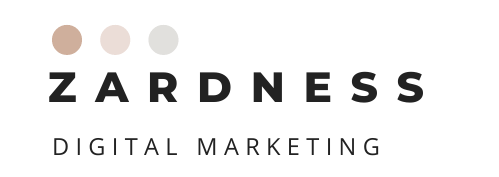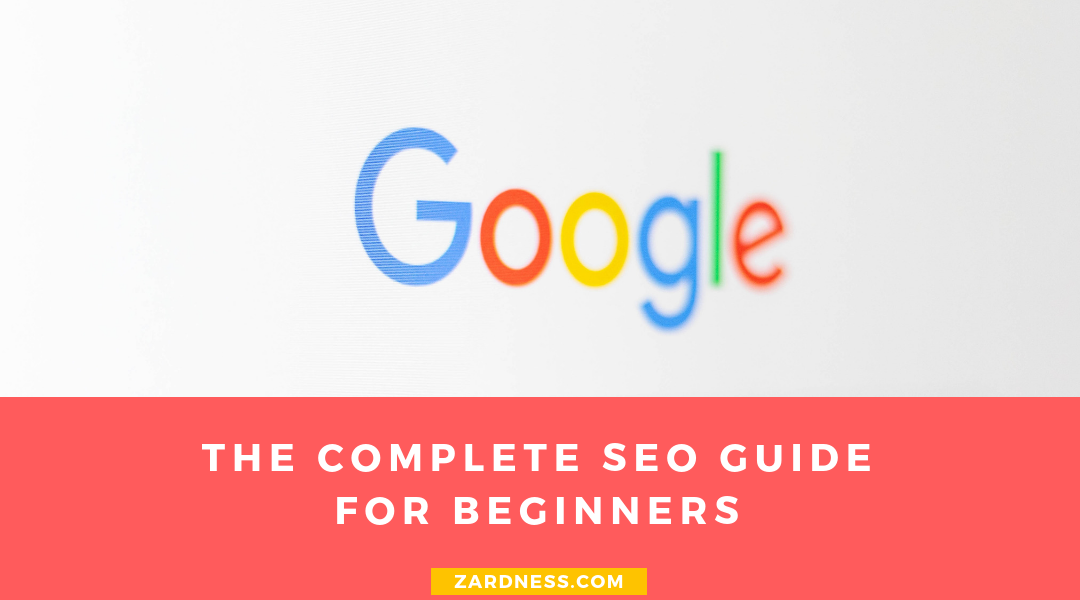What is SEO?
Search Engine Optimization or SEO as it’s most often called is the best digital marketing strategy to get free organic traffic from user searches on search engines like Google, Bing or Yahoo.
Everyone wants their website to pop up first on a potential customer’s search result. But how do you get on the first page of a search engine? That’s where SEO comes in. First, you need to figure out what your customer is searching for so that you can make sure that they find your website.
There’s a lot that plays into SEO than just finding the right keywords. White hat vs. black hat? Site audits? Backlink profiles? URL Rating and Keyword Difficulty? What are these terms and how do use them? Even for the seasoned marketer, it’s hard to keep up with an industry that changes constantly.
How do I get my website to show up on Google Search results?
Google will automatically crawl the web to find your website during a search but if you recently launched your website, Google would not have been able to crawl it yet.
To check if your website is indexed by Google you can search for your site in Google’s search bar. Type “site:yourdomain.com” to see if your website shows in the results.
If you’ve made significant changes to your website or your website is new, you can speed up the process of indexing your website by submitting your URL manually.
You should also submit a sitemap using Google Search Console to have Google index all your new pages and blog posts automatically.
How do I rank higher on Google?
Not even the most experienced SEO professional can guarantee a certain rank for your website but there’s still a few things you can do to try and rank higher than your competition. Here are some basic steps:
1. Provide high quality content on your site
SEO is about creating high quality content with the right keywords on your website. Making SEO friendly content can be quite challenging since it requires great skill in keyword distribution and many other SEO qualities.
Keyword Research
SEO checklist begins with keyword research. Write down a list of key phrases that you think potential customers and website visitors would type in when doing a search to find your site. Research your competitors and select similar keywords.
Once you’ve done your keyword research and decided on the keywords you have the best opportunity to rank, ask yourself one more time “Are the keywords relevant for my website?”
Long tail keywords
Statistics show that 50% of the search queries are at least four words or more. It’s important to incorporate long tail keywords in blog posts to improve their search performance.
Include long tail keywords when creating your keyword list. As you make your keywords more specific, you narrow down the competition for search results and improve your chances of achieving a higher ranking.
Long tail keywords also tend to convert better in an eCommerce store as the visitor is finding exactly what they’re looking for. A person searching for “dress” is probably browsing, but someone searching for “white dress with cherries print” has already their wallet out and ready to spend!
Length of the content
Update the website frequently and give visitors the exact information they’re looking for. Make the content useful, informative and accurate in relation to your website’s content. Always focus on the visitor and not the search engine. Try to make the content long, around 1200 words is recommended, but avoid fluff.
Descriptive titles and meta descriptions
Use descriptive titles and meta descriptions that will make the visitor interested in clicking on your link.
Having a great headline should include a brief summary of what your customer can expect to find once they clicked on it.
The more visits your website gets, the longer they stay on your site and the more links they continue clicking on your site, the higher your website will rank. Don’t forget to use heading tags, h1 to h6 in EVERY single post and page you’re creating.
2. Alt tag for images
Search engines are smart but not smart enough to read images. Each image should have an “alt” tag to make the search engine able to understand the image. The “alt” tag describes what’s on the image so Google can index it to their Google images search.
3. Make your site mobile friendly
Almost half of your website visitors may be coming through a smartphone or mobile device. Be ready to cater them with a mobile-responsive website.
Google ranks mobile friendly websites higher in their search results. Test if your site is mobile friendly with Google’s mobile friendly test.
You can also visit the Mobile Usability Report to find any mobile issues that need to be resolved.
If your website is not mobile friendly, reach out to your web developer immediately and have them implement a responsive theme for your website.
4. Improve your website speed
Page speed is the time between a user clicking a link and a web page being fully displayed. A slow loading page means that a search engine crawls fewer pages and this could affect your indexation negatively. Your website should load within 2 seconds or less. Users tend to abandon a site that doesn’t load within 3 seconds.
There’s different tools to check your website’s page speed:
Google Page Insight
Pingdom Website Speed Test
Some ways to increase page speed could be:
- Enable Compression
- Minify CSS, JavaScript, and HTML
- Reduce redirects
- Image optimization
- Limit plugins
- Optimize databases
- Leverage browser caching
- Use a content distribution network (CDN)
5. Link building, internal and external
Link building is one the most important steps in SEO. There are two ways of link building, internal and external, and both ways are the process of linking high quality content to each other. Links help search engines discover new web pages and determine how well they should rank in their search results.
What’s important to remember is that each link building tactic should be practiced strategically. Link building is NOT a tactic to manipulate search engines.
What is Internal link building?
An internal link connects one page of your website to another page of your website. Your website navigation is an example of internal linking. But it’s also important to create a strong internal linking structure within your content to make it easier for Google to crawl your website and find new content. High-quality links pointing at your website can significantly increase your chances of ranking.
However, be careful not to over optimize your site with too many links (commonly known as linkstuffing). Linkstuffing is an old school technique that used to work well but Google has changed their algorithms within the past couple years and will now penalize you for this kind of optimization.
Anchor Text is the visible and clickable text in a hyperlink. This improves the value of the link by adding keywords to the link. You should use phrases that describe what the target is about. If an anchor text says “click here”, “read more” or your company name it won’t be as valuable.
Code sample:
<a href=”http://www.example.com”>Example Anchor Text</a>
External link building is all about relationships
An external link is a link from another site to your site. Since you can’t control them it’s important to build good relationships with similar websites as yours.
External link building is something that takes time and often involves reaching out to other relevant websites and blogs in your industry.
The goal is to get a backlink to your website but don’t focus on the quantity. Not all links are equal. In fact, bad links can hurt your own SEO value. Search engines analyze how pages are related to each other and the more trusted sites that link back to you, the more trustworthy your site becomes. They are like letters of recommendation for you site and improves your SEO.
Strategies for external link building:
- Create great content so other websites want to link back to you
- Let influencers review your products or services
- Submit your news to press releases
- Never pay for links as it’s a violation of Google’s terms of service
6. Social SEO
Your social media followers can help you rank higher on search engines by interacting and sharing the blog posts you promote on social media. Craft a irresistibly viral headline, use eye-catching images and explicitly ask people to share.
The more popular your site is, the more trust you’ll gain with search engines. But don’t over-post and spam peoples feed. Nobody likes a spammer and your followers might stop following you.
Add social sharing buttons to all your blog posts – the easier it is to share, the more likely will people do it.
SEO strategy and best practices
- Optimize the page around a primary keyword
- Write content for humans but make sure search engines understand it as well
- Don’t publish copied or poor content on your website
- Don’t overuse keyword in the content
- Implement Google Analytics on your site to keep an eye on SEO metrics
Conclusion:
Do not expect your SEO results to improve your ranking overnight. SEO success requires patience and consistency. You can expect to see your hard work pay off usually after 6 months. Even though this practice takes time, SEO is a proven strategy to create a high rate of return versus other marketing and promotions. The world of SEO is complex, but most people can easily understand the basics. Fortunately, there are SEO companies that can help you make feasible strategies to ensure that you have a strong online presence.Overwhelmed?
If you feel like this is overwhelming and need help setting up an awesome SEO strategy, we would be more than happy to take it on our hands!
Zardness provides SEO services with monthly data reports. As a transparent company, we want to make sure you understand what we are doing and how your SEO is performing.

